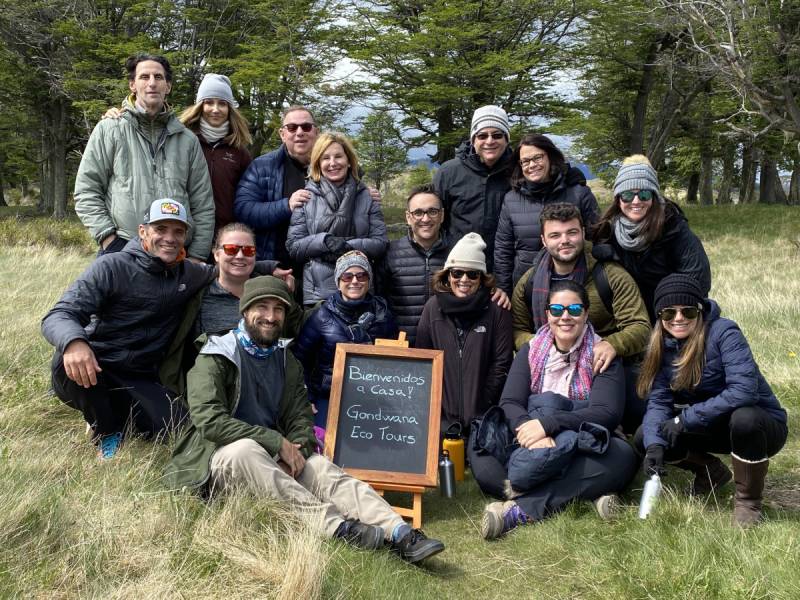Can the Northern Lights Be Seen in Vermont?
PRIVATE & SMALL GROUP TOURS TO THE WORLD'S BEST DESTINATIONS
Are You Planning A Trip To See The Northern Lights?

Northern Lights in Vermont – Best Viewing Tips for the Green Mountain State
Vermont's northern location and elevation offer occasional opportunities to catch the aurora, especially during high-activity winters. While it's not a guaranteed destination for Northern Lights, the state's rural landscapes and elevated terrain can reward persistent skywatchers with faint displays during peak solar years.
Top Aurora Hotspots in Vermont
If you're aiming to glimpse the Northern Lights in Vermont, these are your best bets for dark skies and minimal light pollution:
- Stowe: This popular mountain town offers a blend of elevation, clear horizons, and lodging options, making it a favorite base for aurora hopefuls.
- Northern Green Mountains: Remote stretches between Smugglers' Notch and Jay Peak offer some of the darkest skies in the state.
- Island Pond & Northeast Kingdom: Far from city glow, this region is known for its stargazing and occasional auroral visibility during strong geomagnetic storms.
Seasonal Outlook
- Spring: Moderate – Good transparency and longer nights in early spring help improve chances.
- Summer: Low – Short nights and hazy skies make viewing difficult.
- Fall: High – Crisp air and dark evenings align well with increased auroral activity during equinoxes.
- Winter: Very High – Long, clear nights make it the most reliable season for sightings in Vermont.
Where to Stay for Northern Lights Chasing
To increase your comfort and chances of success, consider lodging near the darkest skies and open vistas:
- Trapp Family Lodge (Stowe): A scenic mountain retreat with northern-facing views and minimal nearby light pollution.
- Jay Peak Resort: Ideal for combining skiing with a night of aurora watching. Located in the far north near the Canadian border.
- Highland Lodge (Greensboro): A charming, rural property in the Northeast Kingdom with direct lake and sky views.
Aurora Forecast (2026–2030)
Below is the global solar activity outlook for the remainder of Solar Cycle 25. These predictions reflect likely auroral oval behavior, not state-specific guarantees.
| Year | Aurora Activity Forecast | Notes |
|---|---|---|
| 2026 | ⭐⭐⭐⭐⭐ Very High | Peak of Solar Cycle 25. Most geomagnetic storms are expected. |
| 2027 | ⭐⭐⭐⭐½ Extremely High | Strong aurora lag year. Continued storm activity expected. |
| 2028 | ⭐⭐⭐ Moderate to High | Activity begins to taper but remains strong at northern latitudes. |
| 2029 | ⭐⭐ Low to Moderate | Sunspot activity slows; auroras become more occasional. |
| 2030 | ⭐ Low | Solar minimum approaches; very rare auroral events. |
Pro Tips for Aurora Watchers in Vermont
- Monitor NOAA’s KP index—aim for KP 7 or higher for Vermont visibility.
- Choose dark, elevated spots with clear views of the northern horizon.
- Give yourself a multi-night window to improve your odds.
- Use a wide-angle lens and long exposures for aurora photography.
Sources: NOAA SWPC, NASA, Aurora Tracks, ClearDarkSky.com
Download all three Alaska tour brochures for tour dates and pricing.

About Gondwana Ecotours
Gondwana Ecoutours specializes in small group and private tours to bucket list destinations around the world. Our itineraries are carefully curated to include both unique nature and culture and fun activities are suitable to most travelers. Traveling with guides who live in the communities we visit add depth and authenticity to the experience.
| See All Tours > |

